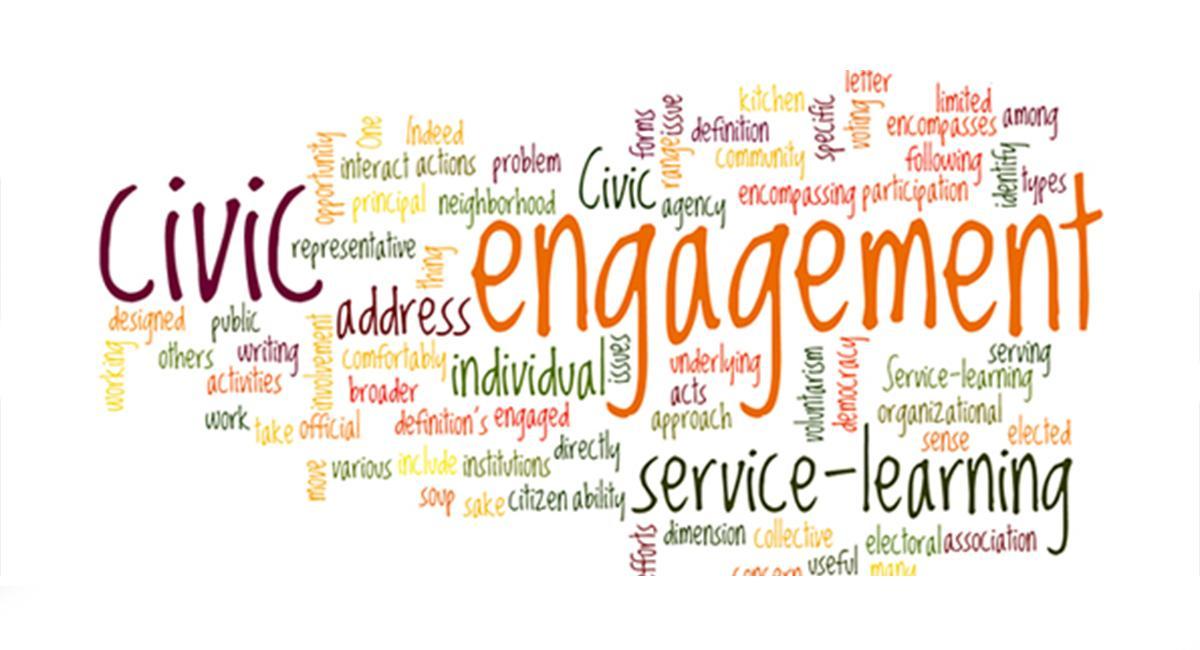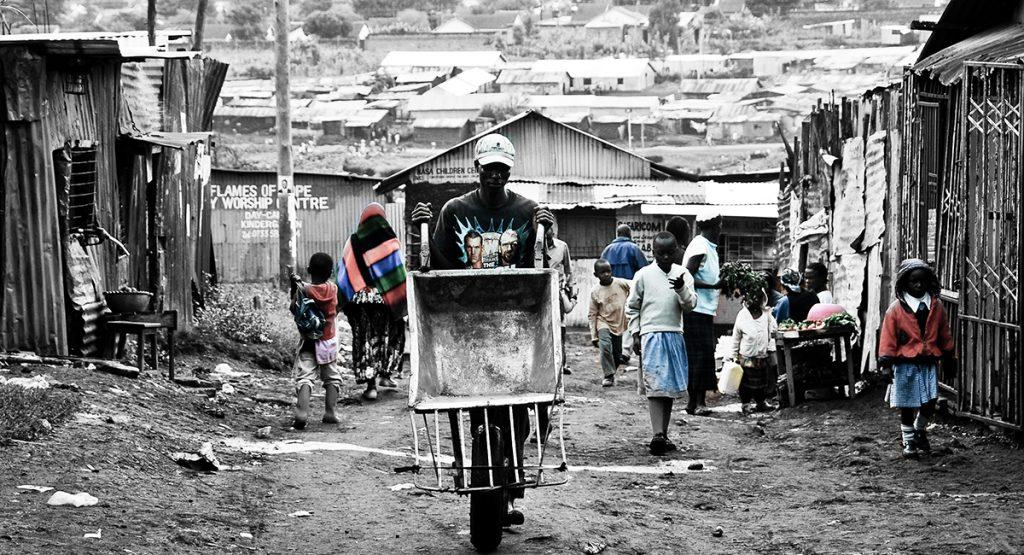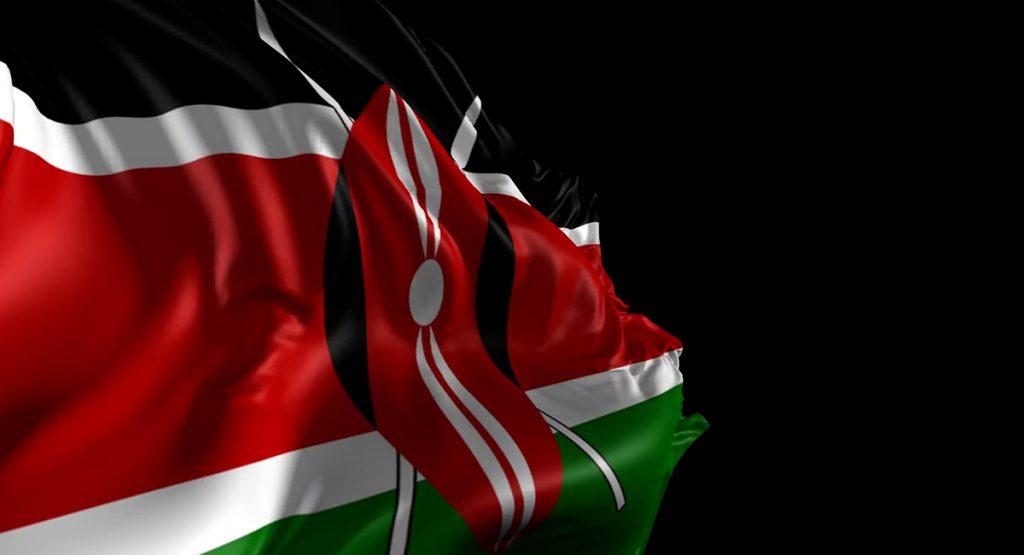Considering the fact that the youths are the future and the representation of any nation, Kenya is not exempted from such a fact due to the high number of youth in the country. This is because these are the people who are mainly engaged in any nation-building process or any destructive process due to the high levels of energy that they have and the capability of them adapting to new environments. In recent years, we have seen youth being engaged in certain reforms of our nation. The latest has been witnessed during the Kazi Mtaani Project that has seen the cleaning and rehabilitation of our environment. This was a great boost to the youth since to some extent; the levels of unemployment and poverty were reduced. However, there is much that needs to be done to counter the unemployment notwithstanding the fact that most of them have attended institutions of higher learning. Though most of them are now being encouraged to attend technical institutions so as to create self-employment, the government should feel the urge of providing sufficient capital to them after successful completion of whatever course one has engaged in. Also, there is a need to engage the youth in administrative processes such as governance and policy implementation. As stated earlier, the youth are the future of any nation and in regards to this, a generation of responsible youth will be raised and this will create a stable transition of them from junior to some of the senior positions in governance. This will help our nation avoid going into a governance crisis.
Public participation
In Kenya, the executive, legislature, and any other administrative bodies have been given the power to come up with legislation and policies. However, any undertaking that these institutions do engage in should be in the best interest of the citizens and through their involvement.
According to Article 1 of the constitution, the Sovereign power belongs to the citizens and hence the need for the citizens to be engaged in public participation as guaranteed in the Constitution of Kenya in Articles 10 (2) a, 69(1)d, 174(c), 184(1), 196(1)b and 232(1)d. The government usually uses the Kenya Gazette to present any issue that needs public participation. The question that arises is: how many Kenyans are able to access the Kenyan gazette and fully air out their views? How many Kenyans are able to read and fully comprehend whatever information has been placed before them in the gazette? Are the timelines provided for public participation regarded as sufficient? Despite the fact that public participation is guaranteed in law, the government of Kenya has not yet reached the threshold that is required for sufficient public participation to be stated to have taken place. This is clearly seen in instances whereby the public is not involved and if they are involved they are not given enough time to participate. Recently, it was witnessed when there was a transfer of functions from the county government of Nairobi to the national government.
The deed of transfer of functions was rendered illegal by J. Hellen Wasilwa in Petition 52 of 2020. This is because the county assembly was not involved in the process which was a clear violation of the constitution. In such a case, public participation would have been conducted by the members of the county assembly who are the representatives of the citizens of Nairobi County. In conclusion, public participation remains not to have been fully implemented and hence the need for the government to institute measures to ensure the same will be conducted fully in the coming instances.
Written by Stephen Gathaga Mihang’o, a student at the Catholic University of Eastern Africa
Facebook: Stephen Gathaga
Twitter: @gathagastephen



